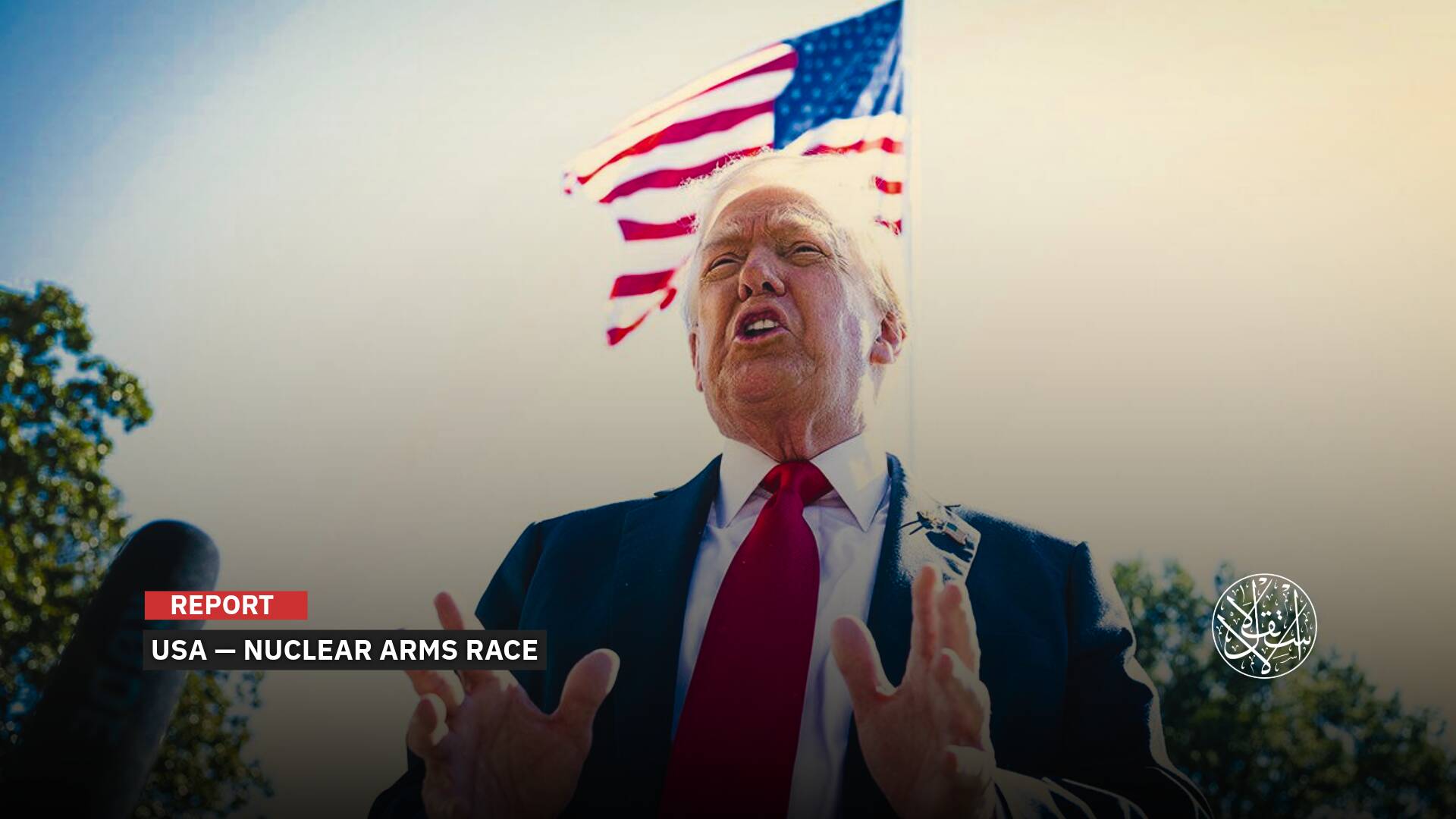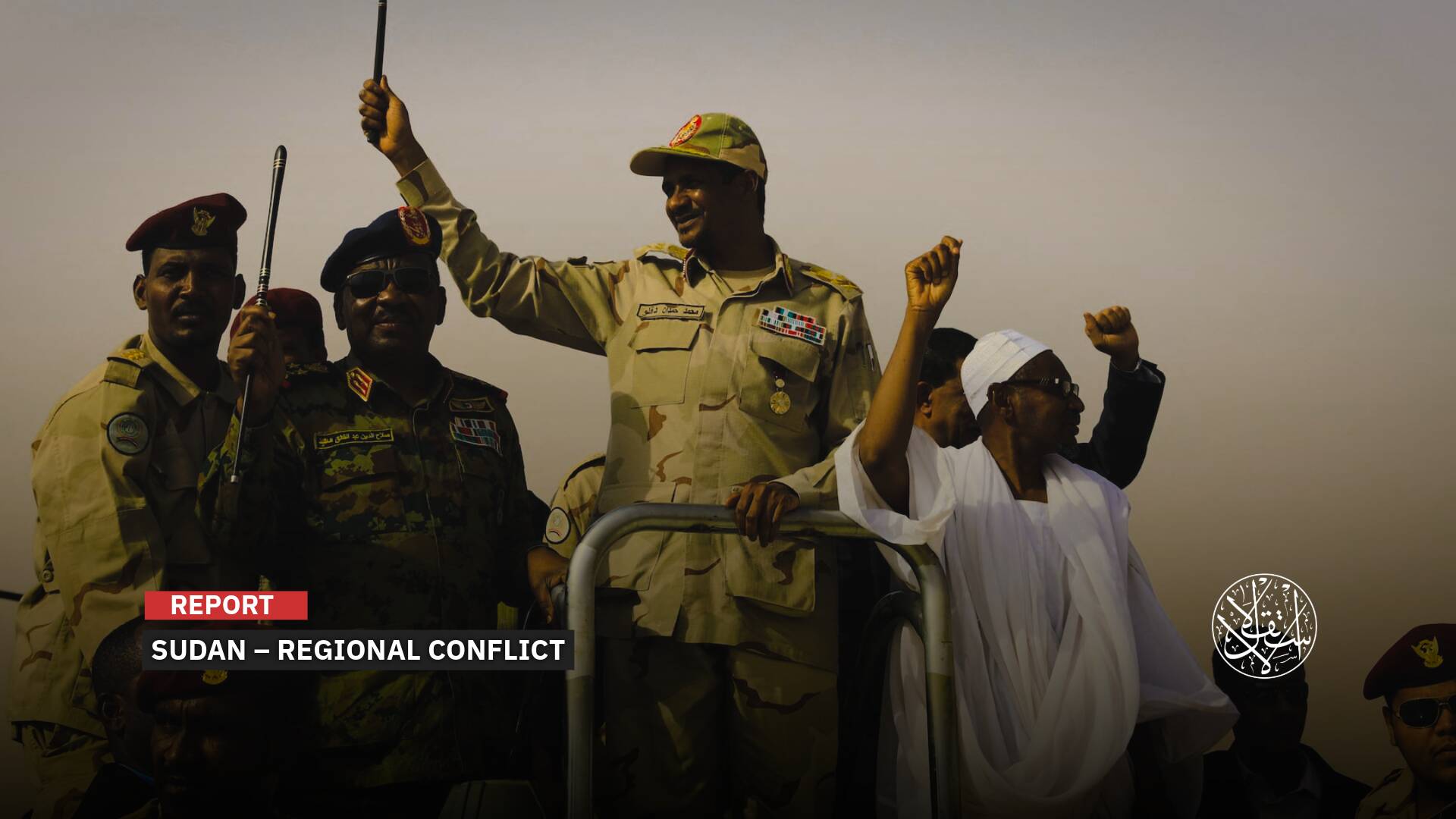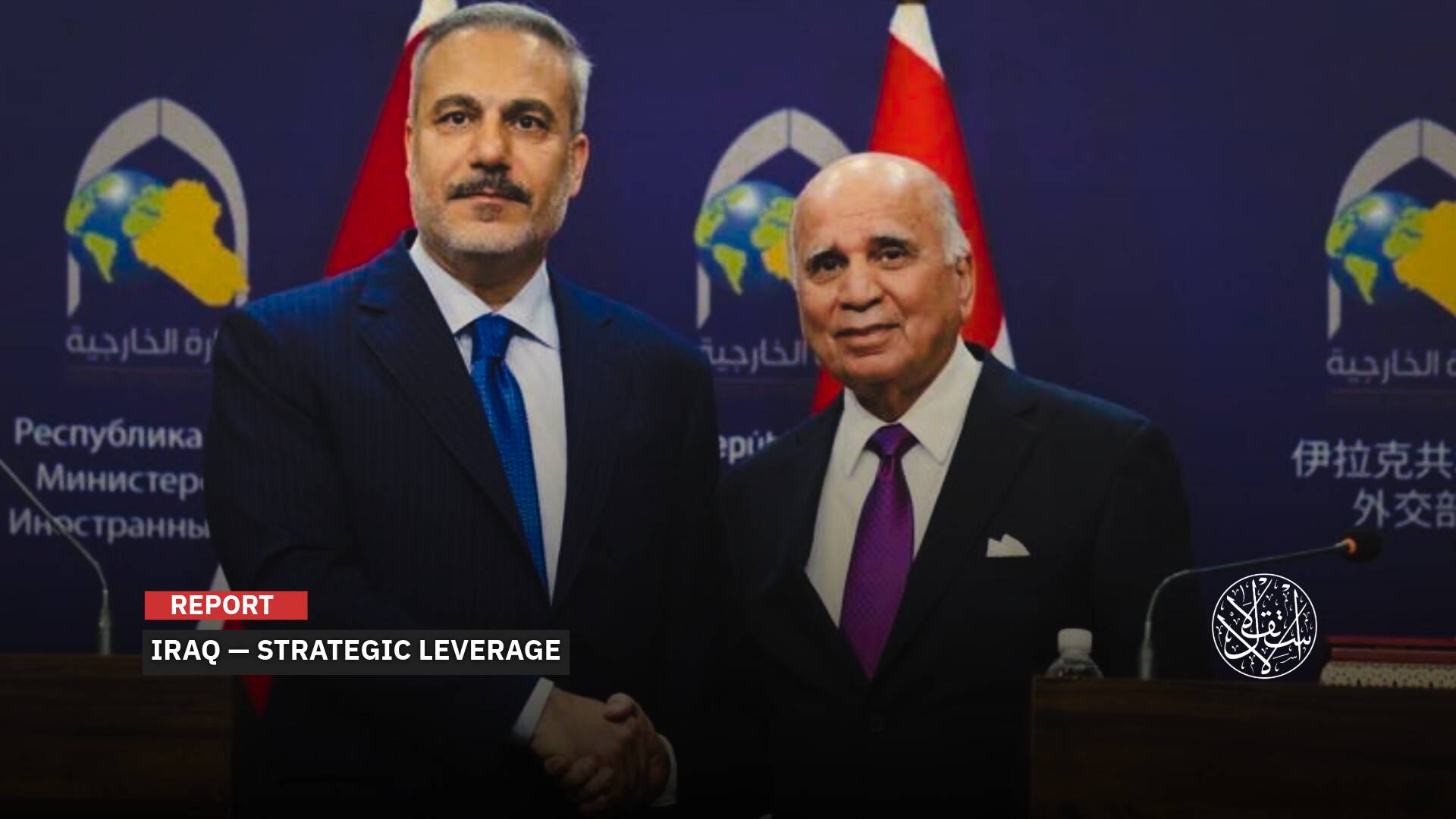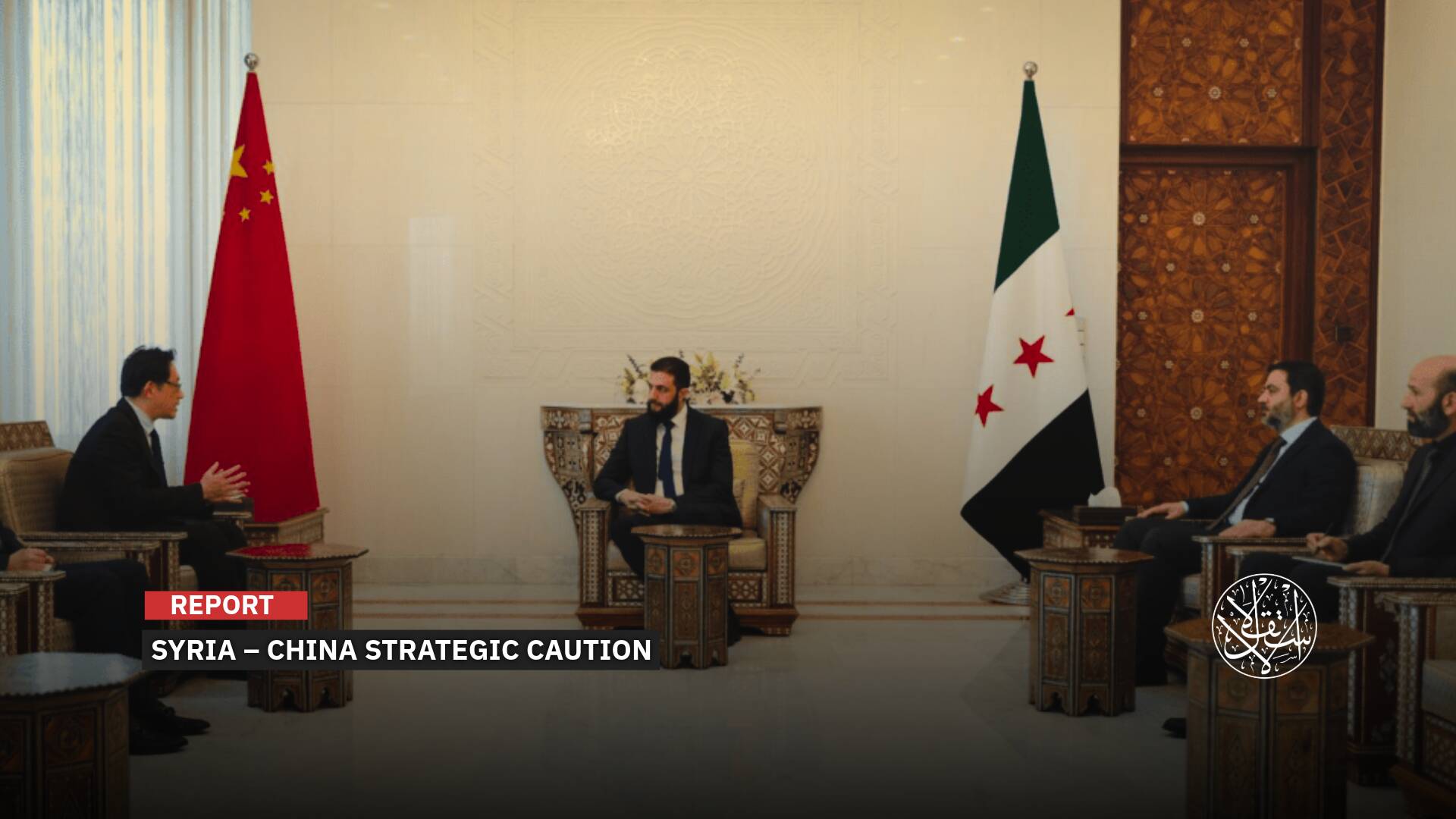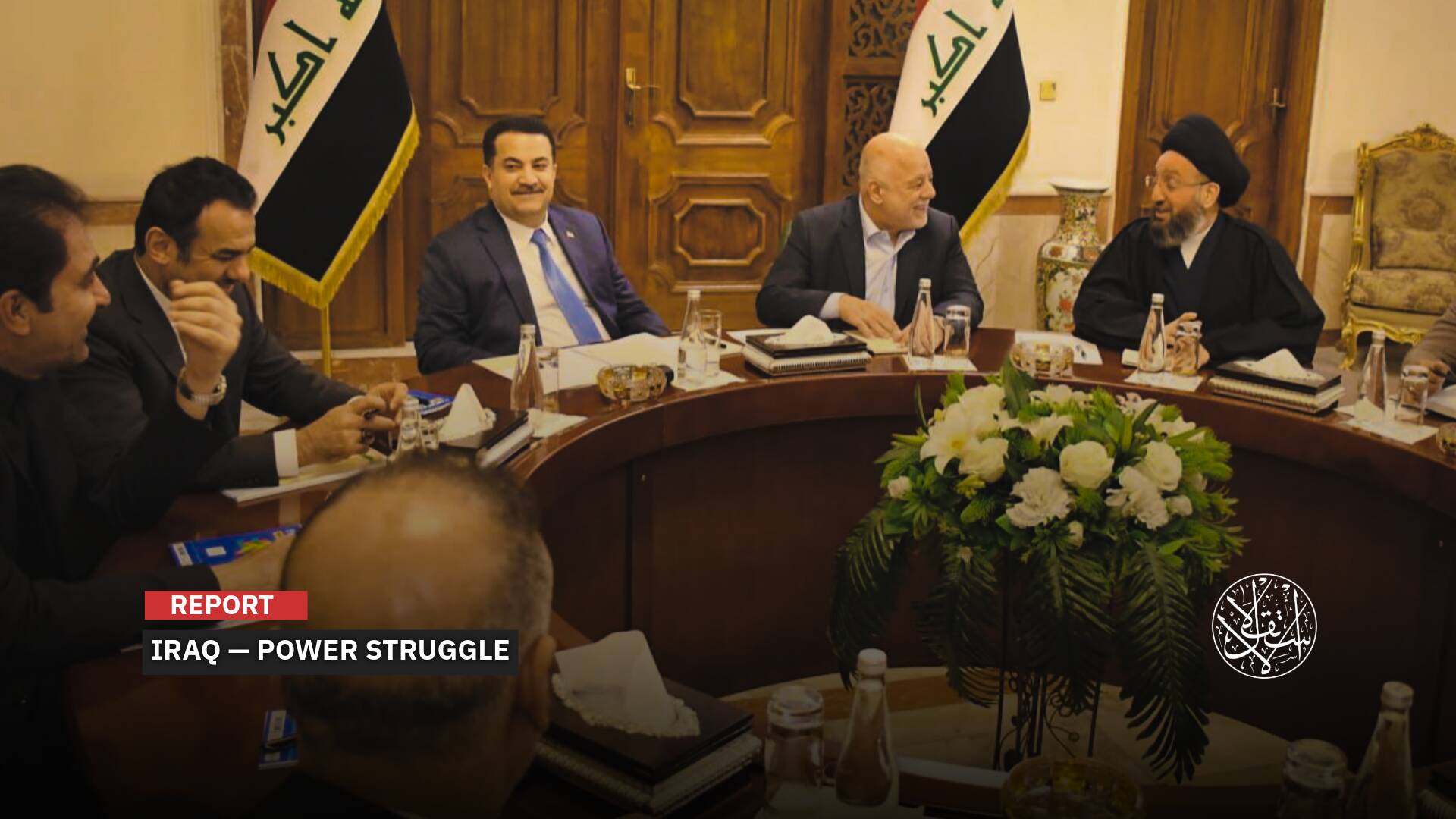Presence of Over 12 Warships: What Is India Doing Near Yemeni Waters?

The increased military presence of India near Yemeni waters has sparked numerous questions about the true motives behind it, especially after the inauguration of a military base on one of the Lakshadweep archipelago islands off the southwestern coast of India, overlooking the Arabian Sea.
The latter is connected to the Red Sea to the west via the Gulf of Aden through the Bab al-Mandab strait and extends northwest to the Arabian Gulf states via the Gulf of Oman. Therefore, since November 2023, India has swiftly sent warships independently of the U.S.-led international coalition, amid reports of Houthi attacks on ships in the Red Sea and the capture of the Galaxy Leader, owned by an Israeli businessman, on November 20, in retaliation for Israeli aggression on the Gaza Strip.
Increasing Presence
Yemeni media outlets reported that India, being one of the most present and active countries in the Gulf of Aden, has embraced the intervention banner in international waters in the region by responding to distress calls from several ships, including the rescue of the crew of the True Confidence ship, owned by Liberia, on January 5, 2024.
On March 8, the Yemeni channel Al-Mahra stated, "India did not wait long to become involved in the Red Sea crisis, entering the troubled ocean by sending three missile-guided destroyers and reconnaissance aircraft, in addition to its ships already present for years, with over 12 warships now stationed in the Gulf of Aden.
"India is increasing its military presence in international waters near Yemen from its vantage point overlooking the Arabian Sea to the east, extending to the Red Sea. New Delhi relies on it as a key route for its trade to Western Europe."
The Yemeni channel affirmed, "Indian naval leaders do not hide that the Red Sea crisis is a path for India to assert itself as a global power in fierce and undisguised competition with other powers, such as China, Iran, Russia, and others."
With the force it deploys, India now has the largest naval presence in those areas, exceeding what it has deployed since 2008 under the pretext of combating piracy off the coast of Somalia, which typically involved deploying at least one ship.
This comes amid the Indian Navy's announcement that it will enhance its presence on strategically important islands near the Maldives, days before the Maldives capital, Male, began demanding that New Delhi withdraw its forces from its territory, according to a report published by Agence France-Presse (AFP) on March 3, 2024.
Relations between the two countries have been tense since Mohamed Muizzu, who supports China, won the presidential elections in the Maldives in 2023 and requested that India withdraw its forces from his country.
China's increased presence in the archipelago overlooking key sea routes between East and West has raised concerns for India, which asserted in a statement by its navy on March 3, 2024, that it will inaugurate a new base to enhance "operational surveillance in the region."
The Indian Navy, in its statement, justified the establishment of the military base as aiming to "support its efforts in combating piracy and drug trafficking and is part of a policy to enhance security infrastructure in strategically important islands."
Great Ambitions
Regarding the objectives of India's increasing presence in international waters, Abdulsalam Mohammed, the head of Abaad Studies and Research Center, said, "India's moves must be linked to its past as a former British colony and its current presence. The relationship with Britain qualifies it to play a new role in the region."
He told Al-Estiklal that "India has great ambitions to compete with Iran and China in the Arabian Sea and the Arabian Gulf region, also through the demographic changes taking place in the Gulf countries due to Indian laborers. Therefore, there are fears of New Delhi's aspirations in these oil-rich countries.
"India sees the waters of the Indian Ocean as an extension of its influence, interests, and national security. Therefore, its presence near the Arabian Sea and the Gulf of Aden is a presence that comes within the context of its national security. In addition, Indian communities have historically resided on these coasts.
"There are accusations against India that it aspires to control the Yemeni island of Socotra in the Arabian Sea — there are currently no clear indications of this — but its presence and military expansion in the Indian Ocean indicate its aim to assert control over the Arabian Sea, the Gulf of Aden, and the Red Sea."
Mohammed pointed out that "India sees the entry of international forces led by the United States into the Red Sea as an opportunity for its presence in this region as well, especially as it comes within the framework of international balances with China, given that Western support to New Delhi comes in this context.
"Thus, India will play a role in the coming period in the Red Sea region, specifically in the Bab al-Mandab and the Gulf of Aden, and this will not be separate from its dream of returning to the southern coast of the Arabian Peninsula, as well as achieving its ambition of military presence in the Arabian Gulf and oil-producing countries."
India has not joined the task force led by Washington in the Red Sea, but Indian officials say they currently have two warships in the Gulf of Aden and at least 10 warships in the northern and western Arabian Sea, along with reconnaissance aircraft, according to Reuters report on February 1, 2024.
The agency quoted Indian Foreign Minister Subrahmanyam Jaishankar as saying that India's growing capabilities, interests, and reputation require its assistance in difficult situations, adding, "We will not be considered a responsible country if bad things are happening around our neighborhood, and we say I have got nothing to do with this. When you are in trouble, the neighborhood will say the same."
It reported that other countries have maritime presence in the region, including the United States, France, and China, but Indian officials (whose identities were not disclosed) say that India's presence is the largest.
Indian experts, according to Reuters, stated that the conflict extends beyond the Red Sea, where a naval official, who requested anonymity, said that the Houthis and piracy are separate, but pirates are trying to exploit this opportunity because Western efforts are focused on the Red Sea.
Indian Calculations
On January 25, 2024, The Wall Street Journal stated that India seeks, through increasing the level of its naval military presence, primarily to protect ships flying the Indian flag. However, this does not prevent it from being among the first responders in several recent incidents.
It pointed out that the Indian guided missile destroyer (INS Visakhapatnam) responded to a distress call from a cargo ship owned by a U.S. company (Genco Picardy) when it was attacked by a drone in the Gulf of Aden on January 17, 2024.
The Wall Street Journal explained that India sought through this to enhance cooperation with the American effort to counter the operations of the Yemeni Houthi group in the Red Sea. However, at the same time, it avoided officially joining the coalition formed by Washington to ensure the safe passage of ships, in order to preserve its relationship with Tehran. America says that Houthi attacks on ships are backed by Iran."
The newspaper quoted Harsh Pant, Deputy Head of Foreign Policy at the Observer Research Foundation in New Delhi, as saying that joining a coalition led by the United States means looking at the conflict through the latter's perspective, as Washington has taken a stance that this is Iranian instigation.
Pant pointed out that India has long sought to demonstrate its independence from the influence of major powers in its dealings in foreign policy.
Indian officials also said that Indian naval operations also reflect increased cooperation with America in the Indian Ocean and the Pacific to counter China, pointing to a $3 billion military procurement deal with Washington to purchase 31 Predator drones, half of which are designated for the navy.
The American newspaper quoted Biswajit Dasgupta, a former Vice Admiral and Commander-in-Chief of the Eastern Naval Command of the Indian Navy, as saying that there is sufficient coordination with the United States and other like-minded countries on the naval front, confirming that all communication channels are open.
Sources
- India to launch a strategic military base near the Maldives [Arabic]
- What is the nature of India's military presence near Yemen and what are its motives for action? [Arabic Video]
- India strengthens its presence with 10 warships as part of a show of force in the Red Sea [Arabic]
- India deploys unprecedented naval power near the Red Sea [Arabic]


